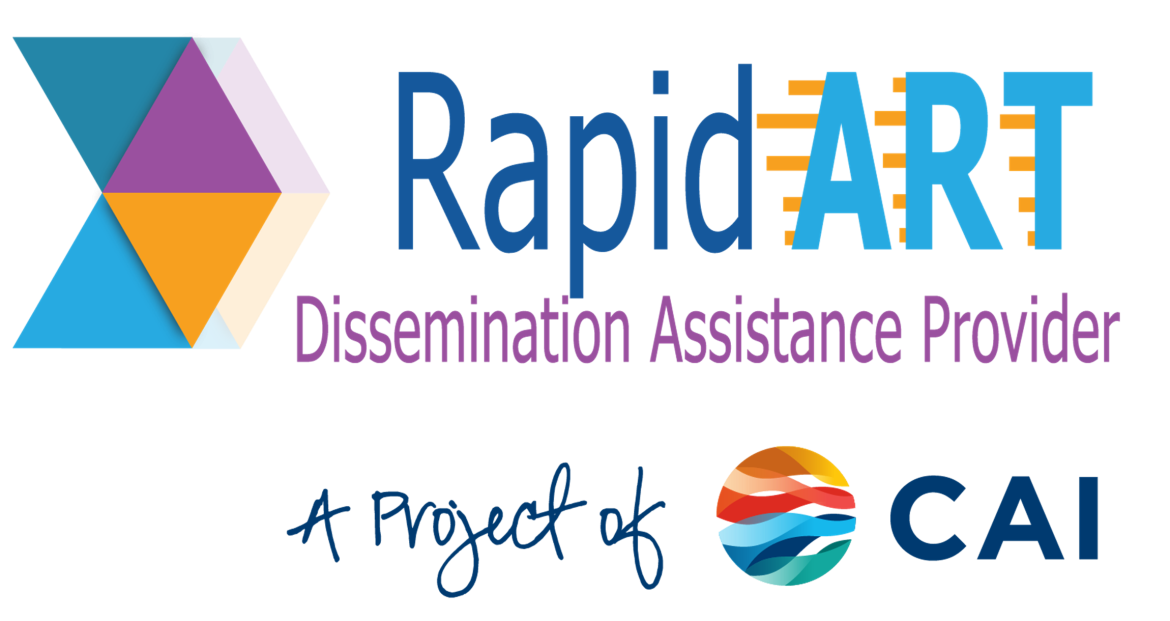Rapid ART Dissemination Assistance Provider
The Rapid Start Compendium showcases a range of best practices and service delivery models that can facilitate the delivery of effective Rapid Start services in diverse RWHAP-funded provider settings.
Each section of the Compendium describes best practices and key considerations for providers who wish to adopt Rapid Start as a standard of care or improve existing Rapid Start processes. Though not all best practices will be applicable to all providers, the contents and examples given here can be adapted for use in diverse settings.
Browse for More
Topic Areas
Resource Type
Language
SPNS Project(s)
